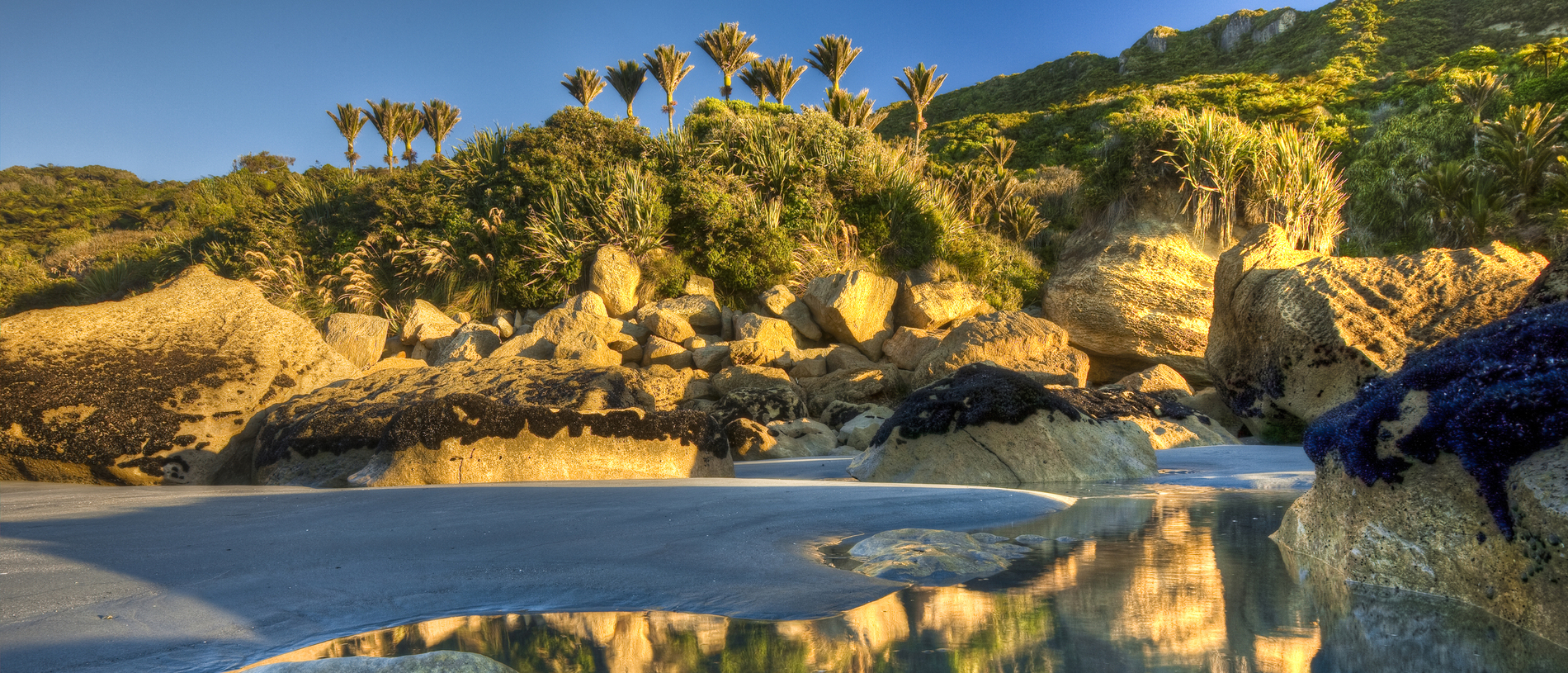
Paparoa National Park: there she blows
Paparoa National Park has luxuriant forest, limestone cliffs and canyons, caves and underground streams, not to mention the spectacular coastline...
Punakāiki Marine Reserve surrounds the pancake rocks and blowholes at Dolomite Point, one of the most distinctive landscapes of the West Coast. It covers much of the coastline at the edge of Paparoa National Park.
The reserve surrounds Dolomite Point’s pancake rocks and blowholes, one of the most distinctive landscapes of the West Coast. The pancake rocks are 30 million-year-old limestone formations – the shells of ancient marine animals overlaid with soft mud and clay, raised by earthquakes and etched out by the sea.
The sea is still working on this natural sculpture, rasping through spectacular blowholes in the rocks.

Punakāiki Marine Reserve covers more than 35 square kilometres from Perpendicular Point to near Maher Swamp, and out to two nautical miles from shore. Paparoa National Park and the marine reserve combined protect heavily forested land and water catchments from the mountains out to sea.
Visitors to the reserve will find a representative slice of wild West Coast life – rocky and gravel shores giving way to forests of bull kelp and other seaweeds, and vigorous waves rolling in from big, windswept seas.

On stormy days, plankton (microscopic floating plants and animals) are whipped up by the frenzied sea, washing up as a frothy band of sea foam that is sometimes a metre or more deep on the beach.
Westland petrels breed in the hills above Barrytown Flats and are often seen in the reserve. Albatrosses, petrels, terns and gannets also pass through. Blue penguins and Hector’s dolphins can be seen within the reserve.
Offshore, beyond rocky reefs, the seabed is mostly a rippled surface of sand and mud that provides habitat for burrowing surf clams and worms, as well as fish like stargazers, gurnard and sharks. The driftwood-strewn cobble ridge beaches of the Barrytown Flats are a feature of the central and northern West Coast.
There’s a short walkway near Paparoa National Park Visitor Centre that leads onto the pancake rocks and blowholes. Other walks of varying length begin nearby, including the Truman Track leading to spectacular cliffed beaches in the north of the reserve.